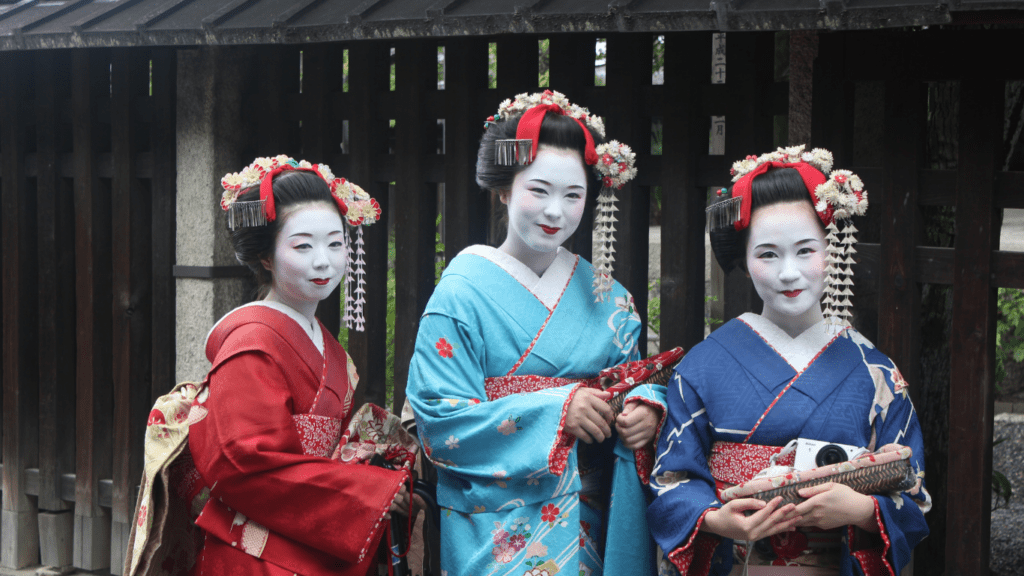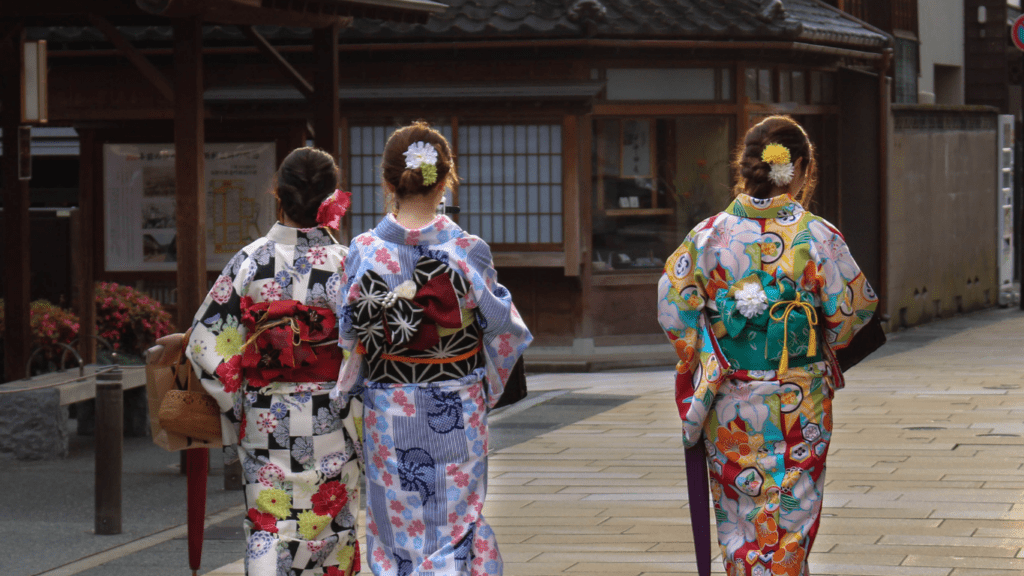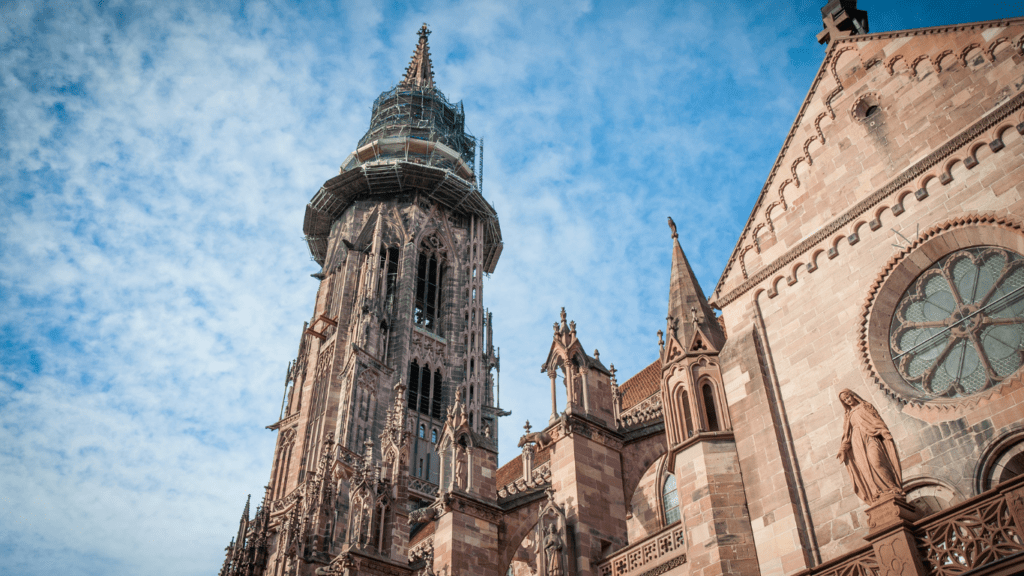Traveling to conservative destinations can be a rewarding experience, but it often comes with unique challenges, especially when it comes to dress codes and local customs. I’ve found that understanding these cultural nuances not only helps me blend in but also shows respect for the traditions of the places I visit.
Understanding Dress Codes in Conservative Cultures
Understanding local dress codes essential for respecting traditions in conservative cultures. Adhering to these codes enhances interactions and fosters a positive experience.
Importance of Dress Codes
Dress codes convey respect and cultural sensitivity. Following them shows awareness of local norms, encourages acceptance, and helps avoid misunderstandings. In conservative destinations, wearing appropriate clothing can prevent unwanted attention or negative reactions. Dressing suitably enables travelers to connect better with local communities.
Common Dress Code Categories
- Modesty Standards: Modesty standards vary by location; covering arms and legs often applies. In many cultures, women may wear long skirts or dresses and men might opt for long trousers.
- Traditional Attire: Traditional attire showcases cultural identity. For instance, wearing a sari in India or a kimono in Japan signifies respect for local customs. Learning specific clothing styles can deepen cultural appreciation.
- Religious Guidelines: Religious guidelines dictate dress in certain areas. Visiting sacred sites often requires women to cover their heads, while men may need long trousers. Understanding these guidelines is crucial for respectful visits.
- Weather Considerations: Weather influences dress choices. Hot climates may necessitate lightweight, breathable fabrics while colder regions require layering for warmth. Dressing appropriately for the climate ensures comfort and adaptiveness.
- Social Context: Social context affects dress code requirements. Attending formal events calls for elegant attire, while casual gatherings allow for relaxed clothing. Recognizing these discrepancies helps align with social norms.
Tips for Dressing Appropriately
Dressing appropriately in conservative destinations enhances experiences and shows respect for local cultures. I emphasize these strategies to navigate dress codes effectively.
Researching Local Customs
Research local customs to understand dress codes specific to each destination. Check government travel sites, tourism boards, or cultural blogs for up-to-date information. Look for practical examples like clothing items deemed appropriate or inappropriate by locals.
Engage with local social media groups or forums, where recent travelers share insights and experiences. Understanding these nuances ensures I adhere to expectations and avoid potential missteps.
Choosing the Right Attire
Choosing the right attire involves selecting clothing that aligns with local standards. Opt for modest clothing, such as long-sleeved shirts and ankle-length skirts or loose-fitting trousers.
Consider fabrics that suit the climate, like lightweight cotton in hot areas and warmer layers in cooler regions. Pack versatile pieces that can be mixed and matched, simplifying outfit planning. Adornments should remain minimal, avoiding overtly flashy or provocative jewelry.
Footwear can vary, so select comfortable but respectful options; closed-toed shoes are often preferable.
Dos and Don’ts of Conservative Dress
Understanding dress codes in conservative destinations is crucial. Appropriate attire fosters respect and positive interactions.
Cultural Sensitivities
Do respect local customs by thoroughly researching the specific dress codes for your destination. Do consider the cultural significance of clothing styles, colors, and accessories. For instance, wearing traditional attire during local festivals or rituals shows appreciation for local heritage.
Don’t assume that Western fashion trends are acceptable; what is deemed stylish in one culture may be inappropriate in another. Always observe how locals dress and mimic their style to blend in effectively.
Avoiding Fashion Faux Pas
Do opt for clothing that covers shoulders, arms, and legs in conservative areas. Loose-fitting garments often convey comfort and respect. Do select neutral or subdued colors to avoid drawing excessive attention.
Avoid outfits with slogans or graphics, as they may be perceived as disrespectful. Don’t wear tight-fitting or revealing clothing; this goes against the modesty expectations in many conservative societies. Always choose footwear that is polite and unobtrusive, like closed-toe shoes, to maintain an appropriate appearance.
Adapting to Different Environments
Understanding local customs enhances travel experiences in conservative destinations. Dressing appropriately demonstrates respect and fosters connections with communities.
Religious Sites and Ceremonies
When visiting religious sites, adhering to specific dress codes is crucial. I choose attire that covers shoulders, arms, and legs, reflecting the culture’s modesty standards. For women, long skirts or dresses work well, while men often wear long pants and collared shirts.
Additionally, wearing a scarf to cover my head may be required in some places, particularly in Muslim countries. Observing the local dress norms signals respect for the religious significance of the locations. Always remove shoes when entering places of worship, as this practice shows reverence.
Social Events and Gatherings
Dress codes for social events vary widely, so I pay close attention to local customs. For formal gatherings, I opt for traditional attire, which often includes cultural elements that honor local heritage. Casual gatherings typically allow for modest, colorful outfits.
I avoid loud patterns or revealing outfits, as they may seem disrespectful. Shoes should remain polished and unobtrusive, as this attention to detail helps foster positive interactions. Being flexible and adjusting my wardrobe to suit different settings while remaining respectful of local customs helps create enjoyable experiences.




